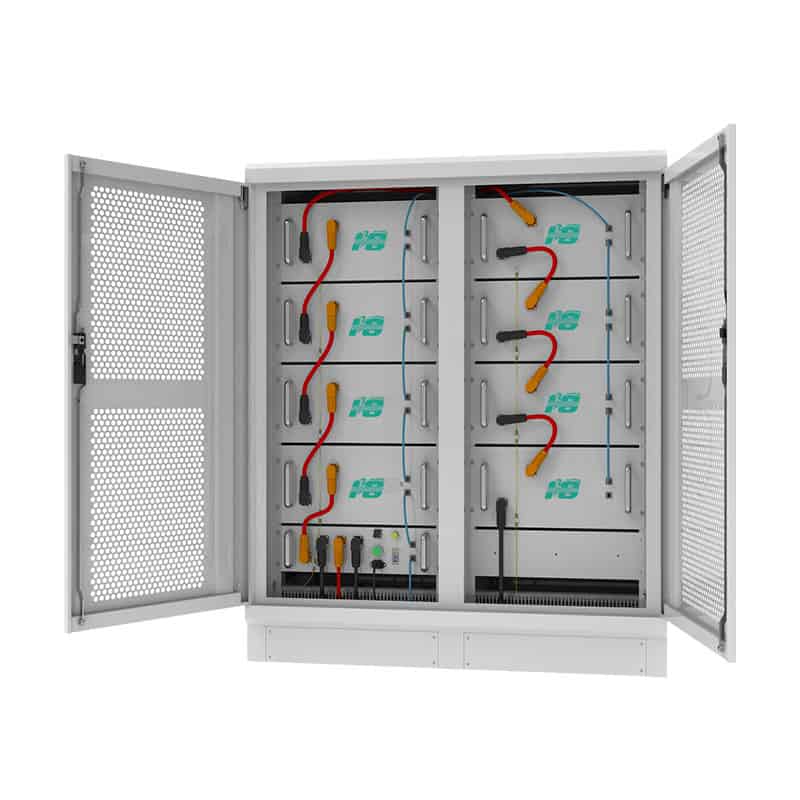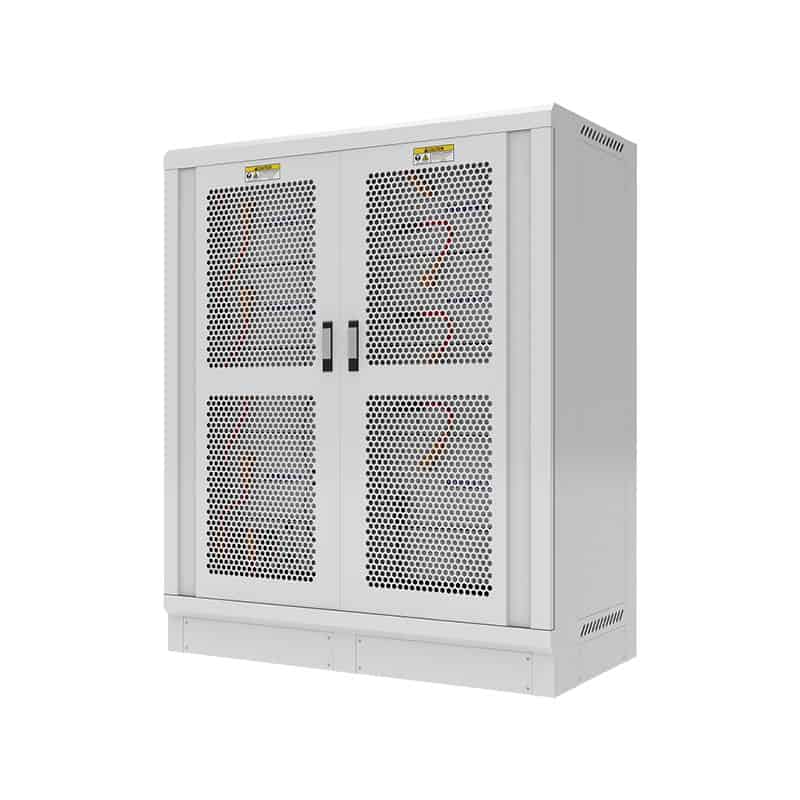- Curved Lithium Polymer battery
- Fast Charge Polymer Battery
- Flexible Polymer Lithium Battery
- Ultra-thin Polymer Battery
/ Blog /
UL1973 Stationary Energy Storage Battery Routine Test Project-HOPPT BATTERY
11 Nov, 2021
By hoppt

The second edition of UL1973 was released on February 7, 2018. It is a safety standard for energy storage battery systems in North America and a dual-country standard for the United States and Canada. The standard covers various battery systems used for stationary, vehicle auxiliary power supplies, LER, photovoltaics, wind energy, backup power supplies, and communication base stations. It includes structural and tests evaluation of energy storage systems, but it is only a safety standard. Does not include performance and reliability assessments.

The UL1973 standard covers batteries for the following applications:
• Energy storage: photovoltaic power stations, wind power stations, UPS, household energy storage, etc.
• Vehicle auxiliary battery (not including power drive battery)
• Batteries for light rail or fixed rail power storage system
Unrestricted chemical substance battery
• Contains various types of batteries, with unlimited chemical substances, including beta sodium batteries and fluid batteries
• Electrochemistry
• Hybrid battery and electrochemical capacitor system
Test project introduction
UL1973 Stationary Energy Storage Battery Routine Test Project
Overcharge
External short circuit Short Circuit
Over-discharge Protection
Temperature and Operating Limits Check
Imbalanced Charging
Dielectric Voltage Withstand
Continuity
Failure of Cooling/Thermal Stability System
Working Voltage Measurements
Locked-Rotor Test Locked-Rotor Test
Input test Input
Wire stress relief test Strain Relief/Push-Back Relief
Vibration
Mechanical shock
Crush
Static Force
Steel ball Impact
Drop Impact (rack-mounted module)
Wall Mount Fixture/Handle Test
Mold Stress Relief Mold Stress
Pressure Release
Start-to-Discharge verification Start-to-Discharge
Thermal Cycling
Resistance to Moisture
Salt Fog
External Fire Exposure External Fire Exposure
Single Cell Failure Design Tolerance
Information required for UL1973 project certification
- Cell specifications (including rated voltage capacity, discharge current, discharge cut-off voltage, charging current, charging voltage, maximum charging current, maximum discharge current, maximum charging voltage, maximum operating temperature, overall product size, product weight, etc.)
- Battery pack specifications (including rated voltage capacity, discharge current, discharge cut-off voltage, charging current, charging voltage, maximum charging current, maximum discharge current, maximum charging voltage, maximum operating temperature, overall product size, product weight, etc.)
- Photos inside and outside the product
- Circuit schematic diagram or system block diagram
- List of essential parts/BOM form (please refer to Table 3 to provide)
- Detailed circuit schematic diagram
- Bitmap of circuit board components
- Assembly drawing or exploded drawing of battery pack structure
- System security analysis (such as FMEA, FTA, etc.)
- Dimensions or technical specifications of critical components (heat sinks, Busbar, metal parts, transformers, main protection Fuse, etc.)
- Coding of battery pack production date
- Battery pack label
- Battery pack instruction manual
- Other documents required for certification



